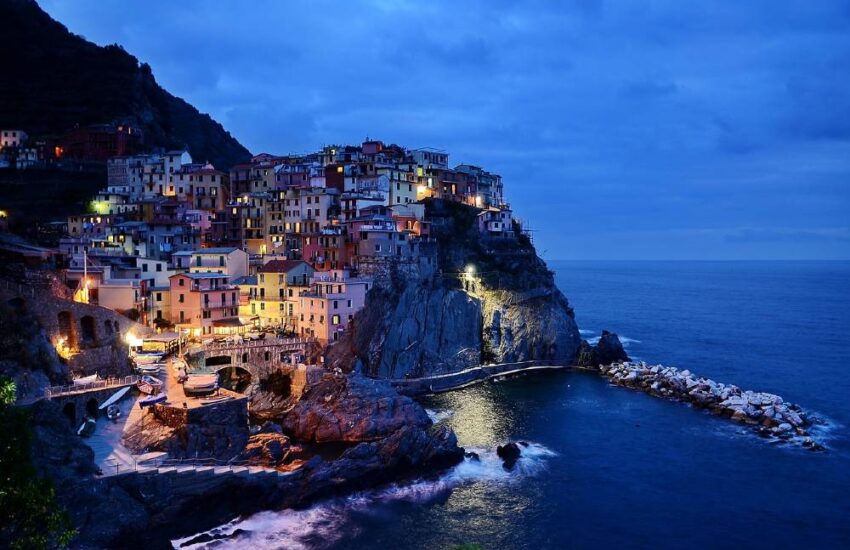Top Attractions and Things to do in Paris
Below are some of the top attractions and things to do in Paris when you visit. Paris is an incredible city, top of the list for most people traveling the world. If you’ve never been, I can tell you to believe the hype because it truly is an international city. One that shouldn’t be missed on a trip to Europe. Paris has a certain vibration which can only be understood by visiting. I had been to Paris before but never really experienced it like I did on my recent trip with Monograms Travel.
Popular Attractions and Fun Things to do in Paris
I had been to Paris before but looking back I realize that I’d missed most of the major sights. It feels good having returned and experienced everything I had hoped to and more! Below are some of the top attractions, by no means is this an extensive list but definitely a great place to start…

Champs-Elysees
An avenue in Paris which stretches for almost two kilometres from the Arc de Triomphe to Place de la Concorde. Champs-Elysees is known throughout the world for its cafes, boutiques, and theatres, and for serving as the home stretch in the final stage of the Tour de France. Visiting Paris during Bastille Day? Head down to Champs-Elysees to catch the annual military parade, which has taken place each year since 1880. With regiments from every segment of the French Armed Forces and foreign invitees marching, it is a spectacle worth seeing.
Arc de Triomphe
Located at the western end of the Champs-Elysees and within Place Charles de Gaule. A massive traffic circle servicing twelve separate avenues. The Arc de Triomphe is one of the world’s most recognizable public monuments. This 164-foot high memorial arch was erected to pay homage to soldiers lost. Those lost in the French Revolutionary War and in the Napoleonic Wars. The Tomb of the Unknown Soldier is situated beneath. Its vault, after the conclusion of World War I, honours unidentifiable soldiers lost in that conflict.
An internal museum and a viewing terrace are the biggest surprises the Arc de Triomphe holds, though. Telling the story of this monument through the years and offering an alternative for photographers looking for a different aerial vantage point in Paris, it makes this attraction a must-see while in the City of Lights.

The Louvre
Found on the right bank of Seine in Paris’ 1st arrondissement, The Louvre is the world’s largest arts museum. The building itself is also known for its exquisite architecture, as it pairs a modernist glass pyramid with a more than 600 year old royal residence. Put into service as a repository for art in 1682 by Louis XIV, it contains plenty of specimens from the French masters. Overall, though, The Louvre has a global focus spanning all ages of human history when it comes to its collection.
With over 38,000 pieces spanning from the days of the Egyptians straight up to the present day. You’ll be able to take a tour of the world’s paintings, drawings, prints, and sculptures. All this without needing to leave the building. While video and photos are allowed within, flash photography is prohibited, so be sure to disable it before entering the premises. With blockbuster attractions like these, it’s no wonder Paris is one of the best cities to visit on France during a trip.

Notre Dame Cathedral
The best known church in Paris, the Notre Dame Cathedral is one of the largest cathedrals in the world. Towering 300 feet above ground level and intricately designed in the French Gothic style, it has been a fixture in the city since its completion in 1345. More than just architecturally stunning, the Notre Dame Cathedral is also reputed to contain a number of Holy Relics. Including the Crown of Thorns, a piece of the cross upon which Jesus was crucified. That and some of the Holy Nails which were used to secure him to it.
It has had some challenging days in its past, however, as the most contentious aspects of the French Revolution led to many religious symbols being desecrated or destroyed. The Notre Dame Cathedral was a prime target of this ideological zeal, seeing much of its iconic imagery smashed or vandalized during the 1790s.
Seine River
Long romanticized by musicians and authors alike, the Seine River helps make Paris the magical destination it is. It is navigable by recreational boats for most of its 777 kilometre length, allowing scenic cruises to offer visitors an unforgettable way to see the city by day or night. It is crossed by 37 bridges within Paris city limits, with Pont Neuf being the most noteworthy of the lot. Built over 29 years ending in 1607, this stone arch bridge is known for containing 381 mascarons, or stone masks defined by their artisan’s attention to detail.
Along the banks of the Seine, there are plenty of cafes, restaurants, and nightspots to discover. Also, locals can be found here on nice days enjoying the company of friends with a coupleb bottles of wine, cheese, and other snacks. Hit up a local market, get provisioned, and join them! If you’ve got time, consider taking a Seine River cruise, I did and thoroughly enjoyed it.

Eiffel Tower
The attraction in Paris which needs no introduction. A wrought iron lattice tower designed by Gustave Eiffel in the late 19th century as the entrance to the 1889 World’s Fair. The Eiffel Tower is one of the most iconic city symbols anywhere in the world. With just under 7 million paying customers in 2015, the Eiffel Tower is the most visited paid attraction on Earth.
Standing over 1,000 feet high, it is still the tallest structure in Paris. When built in 1889 until 1930, it was the tallest in the world. There are three levels for visitors – while the lower two levels contain restaurants. All include viewing stations, the highest level is home to a lofty observation deck. It’s the highest in the European Union at over 900 feet above the streets below.
Parisii
Referring to a Gallic tribe who inhabited what is now known as Île de la Cité. Then as pacified by soldiers of the Roman Empire around 52 BCE. Lending their name to France’s capital has become the Parisii’s enduring legacy. After taking their settlement, the Romans used the site to start a settlement known as Lutetia, which was later changed to Parisius to honour the tribe they displaced. Thus, Île de la Cité became where Paris was born.
A full-fledged city with temples, an amphitheater, baths, and other staples of Roman living. It remained intact through the fall of the empire. From that time on, it maintained its status as a regional centre of importance. This is from the initial rise of the Franks through to the present day.

Palace of Versailles
While the Palace of Versailles is not located within Paris, taking the time to travel 20 kilometres southwest from the city centre to its front gates will be worth the effort. From 1682 until the start of the French Revolution in 1789, this lavish countryside manor served as the home of the monarchy.
The tastes of the royals here cost the French people dearly. It developed an appetite continent wide for luxury products made in France. A reputation which has held to this day. With over 700 rooms, 2,000 windows, and 1,250 fireplaces, the scale of this place to hard to grasp for most folks. With fine art work, frescoes, decadent crystal chandeliers, immaculate French gardens, and so much more. Lovers of abundance and excess will want to block an entire day for this attraction.
I trust this gives you an a introduction to the countless attractions and things to do in Paris. What makes Paris so special is that there are so many incredible places to see. Many locations have a few places which will leave an impression but in Paris, it it’s abundant.
Big thanks to my friends at Monograms and iambassador for arranging this experience. I toured with Monograms for 12 days and had an incredible time on the #MonogramsInsider campaign. That said, all opinions are my own as they always have been and most certainly always will be.


